An ear doctor in the UK removed an enormous chunk of ear wax, which led us to ask: what is ear wax?
A revolting ear wax chunk so big it made international news got us wondering what ear wax is, what it’s for and whether we should clean it out, eat it or leave the inside of our ears alone
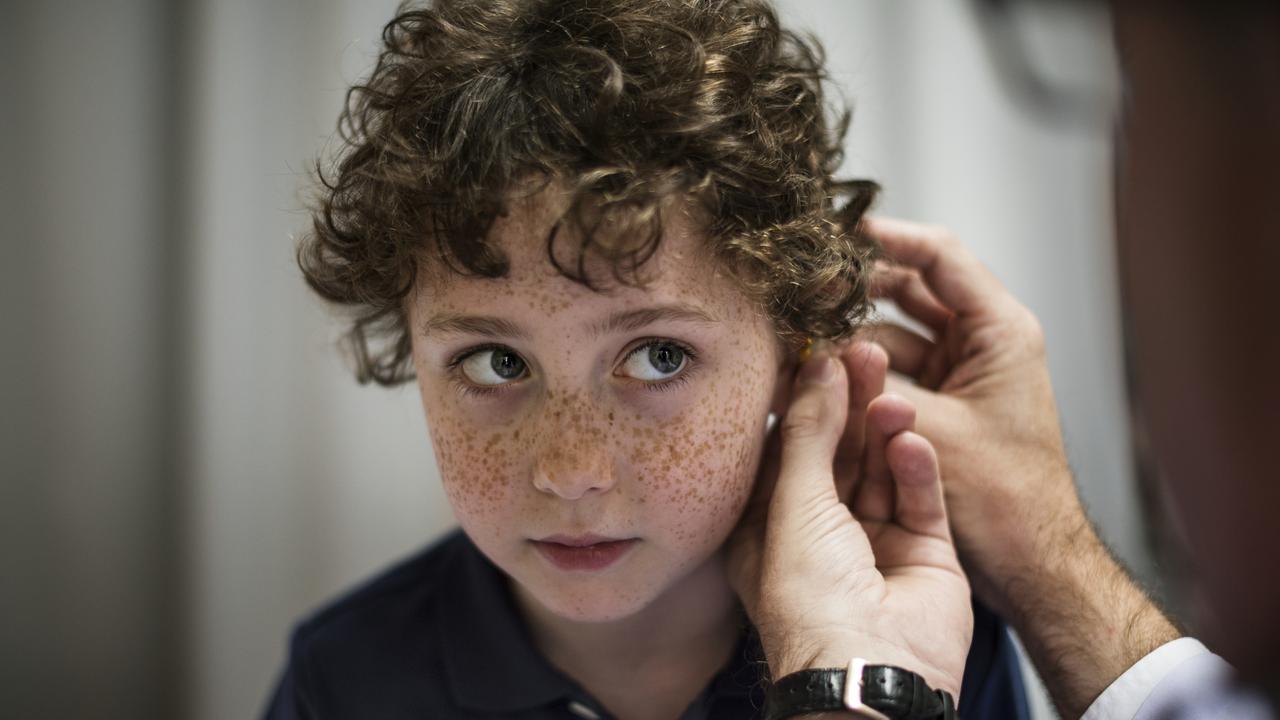
READING LEVEL: GREEN
One incredible chunk of ear wax has made news around the world.
An audiologist* in the UK could hardly believe the size of a massive piece of ear wax he pulled out of his patient’s ear.
Dr Neel Raithatha guessed that the chunk of ear wax would measure the entire length of the patient’s ear canal*, and he wasn’t far off. The ear wax measured 2.5cm, just 0.5cm short of taking up the whole ear canal.
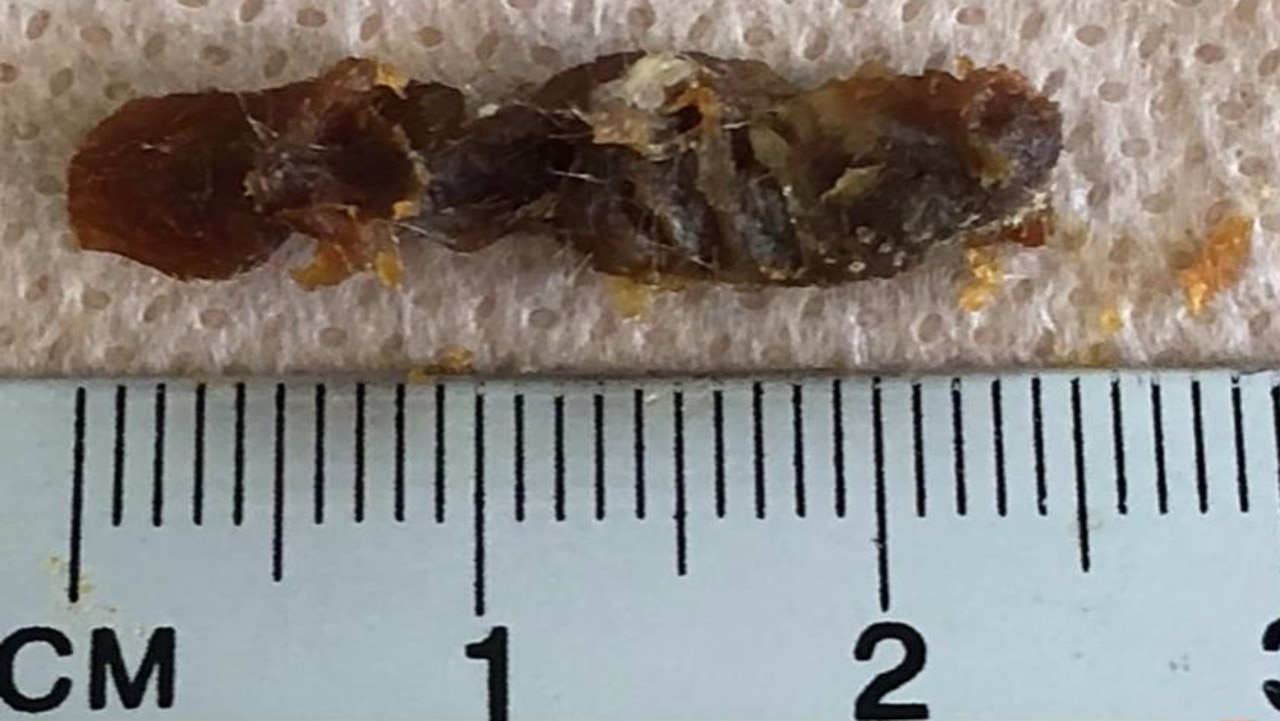
“Both the client and I were in complete shock,” Dr Raithatha said, according to news site Metro.co.uk.
“My reaction upon removal was ‘Wow’ and the client’s reaction when he saw the piece of ear wax himself was to say, ‘Oh my goodness.’”
Dr Raithatha used a suction tool to dislodge* the wax through the patient’s ear. He said that despite the amount of build-up, his patient’s eardrum was “intact* and healthy.”
This story about the enormous chunk of revoltingness* got us thinking about all the things it could be good to know about ear wax.
SO WHAT IS EAR WAX?
It’s not actually wax.
Ready for the gross bit? Ear wax is a mix of fat, dirt, dead skin and sweat and sometimes even insects!
The fat is called sebum and is made by glands* in your ear and in the ears of other mammals to keep your skin soft.
The ear wax you see ranges in colour from yellowish to brownish and is mixed with skin cells you no longer need, plus sweat, hair and dirt and whatever else that has made its way into your ear.
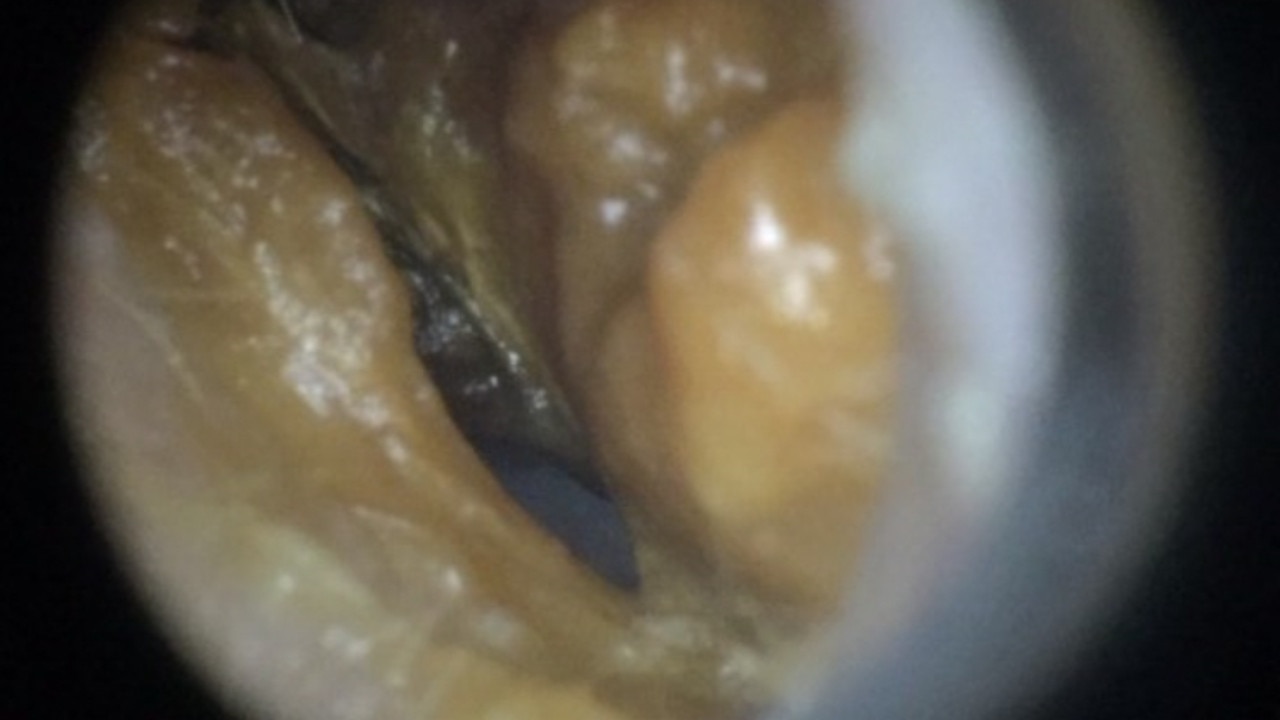
WHAT DO EXPERTS CALL IT?
Scientists and doctors call it CERUMEN, pronounced se-roo-men. We’ll call it wax to keep things simple.
WHAT IS IT FOR?
Its job is to clean and protect the inside of your ear and stop that area from drying out. Dirt, insects, hair, fungi and bacteria that get into your ear gets trapped in the wax. Dead skin cells that you naturally shed* from your ear canal or fall in from elsewhere on your body also get trapped in the wax.
As you make more ear wax and when you move your jaw as you talk and chew, ear wax moves from your ear canal towards the outer ear and takes all the rubbish it has collected with it. It falls out in small chunks and we don’t usually even notice.
HOW MUCH IS NORMAL?
Making a lot of ear wax doesn’t mean you are a dirty person, you’re just someone who makes a lot of ear wax. Some people hardly make any ear wax, other people make heaps.
The amount and the appearance of your ear wax can vary depending on what you eat and whether you are in a dirty environment.

SHOULD WE CLEAN IT OUT?
You can safely clean dirt and escaped chunks of wax from the main, flappy part of your ear (called the pinna) with a towel or washcloth. While you’re in the bath or shower or just after you get out of the bath or shower is a good time to do it as the dirt and ear wax will be soft and easy to wipe off.
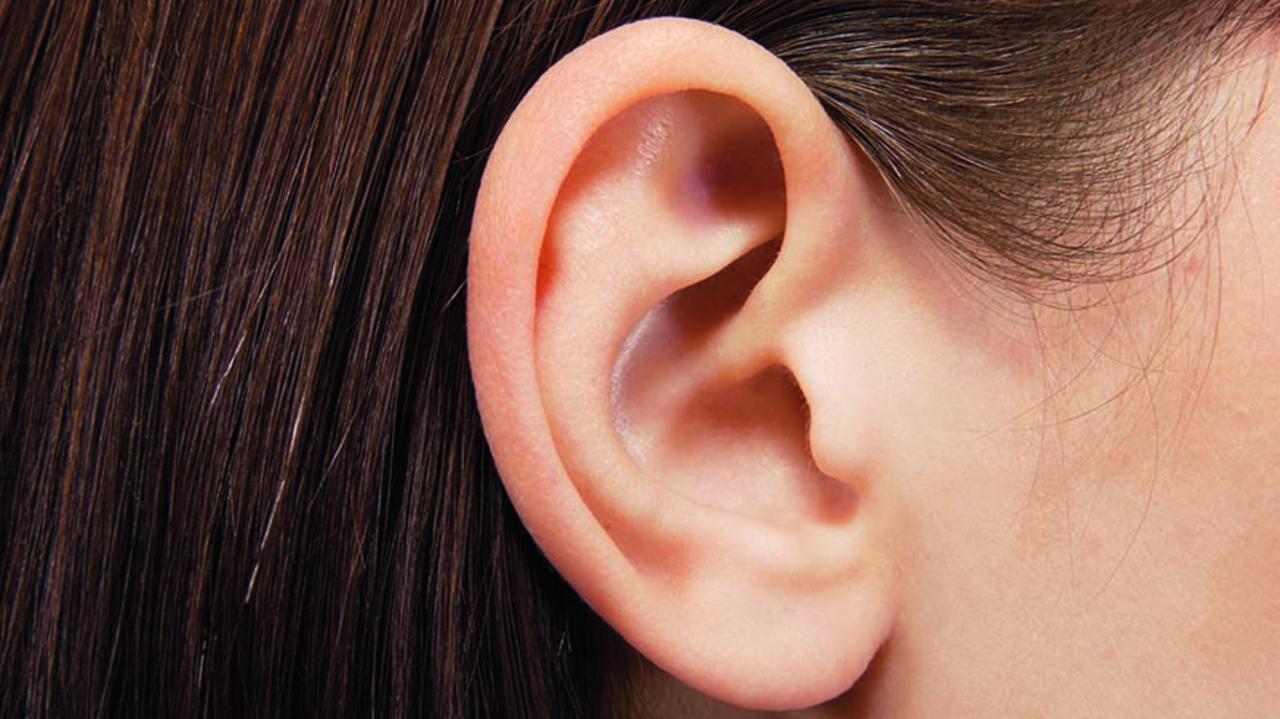
NEVER poke ANYTHING into your or someone else’s ear canal. That means no cotton buds or even fingers should go into an ear canal. Some people say you should never put anything smaller than your elbow in your ear. (Now try putting your elbow in your ear!)
If you do poke something into your ear, you could push a chunk of wax further in than its supposed to go and cause a problem.
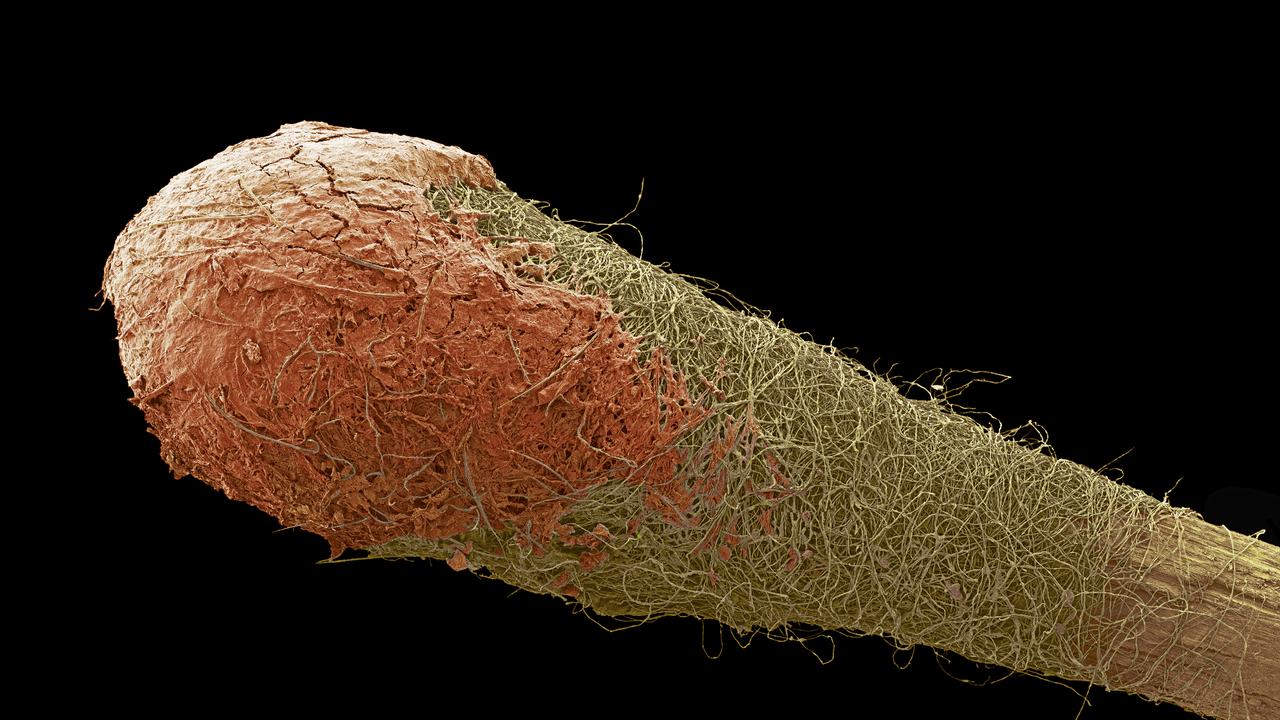
Remember that ear wax has a job to do and when its job is done, most of it naturally falls out of your ear when it has reached the pinna and you don’t even notice it go.
So usually, you should just let it do its job.
SHOULD YOU EAT EAR WAX?
You probably know the answer after reading what is in ear wax in the sections above.
Are dead skin, hair, sweat and dirt examples of food?
Gross, hey?
Don’t even think about eating it.
WHEN THINGS DON’T GO TO PLAN
Sometimes, you can get a build-up of ear wax. Don’t try to get the ear wax out of your ear. A doctor or a nurse can look into your ear for you to see if there’s a problem.

You may have a build-up of ear wax if you notice that you have:
- a full feeling in your ear
- ear ache or pain
- ringing noises (called tinnitus)
- hearing problems
- dizziness
These symptoms could also be a sign that you have an injury or an infection, which is another reason its best not to try a do-it-yourself ear examination. Let the experts do their job and decide whether you have a problem and how best to solve it.
Source: healthdirect.gov.au
GLOSSARY
- audiologist: specialist ear doctor
- ear canal: the passage from the outside of your ear hole to your inner ear
- dislodge: knock or force out of place
- intact: in one piece
- revoltingness: the quality of being revolting (we made the word up but it sounds like a real word and you could probably use it and no one should mind)
- glands: a group of cells in an animal’s body that makes substances that are needed in the body, such as saliva and hormones
- shed: lose, get rid of
EXTRA READING
World’s most disgusting foods on show
How to become your own snot detective
Scientists make loudest underwater sound
Australian fossil named after Obama
QUICK QUIZ
- What is the biggest ingredient of ear wax?
- What is the scientific word for ear wax?
- List some of the things that get trapped in ear wax.
- What should you do if you think you have a build-up of ear wax?
- What symptoms might you notice if you have a build-up of ear wax?
LISTEN TO THIS STORY
CLASSROOM ACTIVITIES
1. Write a Story
Create a diagram that will help another student understand why gross things in our bodies, like earwax, are actually really important.
Time: allow 25 minutes to complete this activity
Curriculum Links: English, Science, Health and Physical Education
2. Extension
A jingle is a song, rap or rhyme that is used in TV, online or radio advertising. Write the words for a jingle that will help kids learn about how to safely look after your ears, especially if you have a build-up of ear wax.
Time: allow 30 minutes to complete this activity
Curriculum Links: English, Health and Physical Education, Critical and Creative Thinking
VCOP ACTIVITY
After reading the article, with a partner, highlight as many connectives as you can find in pink. Discuss if these are being used as conjunctions, or to join ideas and create flow.
HAVE YOUR SAY: Has anything weird or painful ever happened to your ears or someone else’s? Do you have a question you’d like answered in another Kids News explainer?
No one-word answers. Use full sentences to explain your thinking. No comments will be published until approved by editors.

